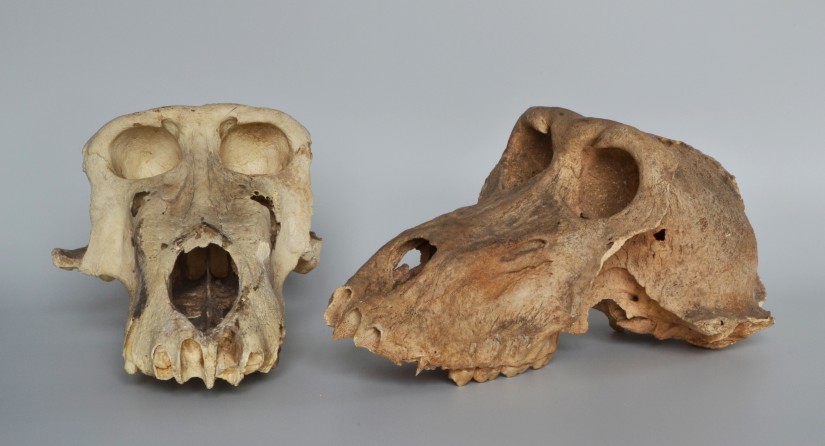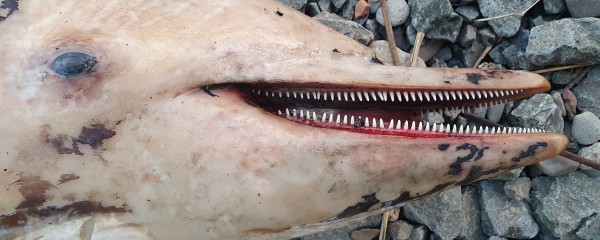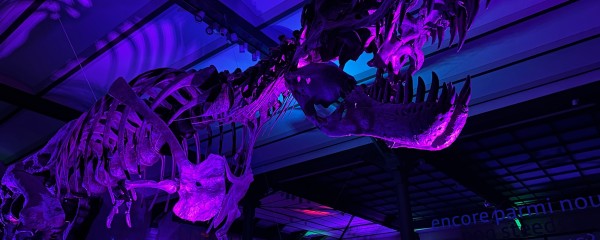Baboons among the ancient Egyptians: revered but suffering

Ancient Egyptians raised baboons in captivity before mummifying them, according to research by archaeozoologist Wim Van Neer from the Institute of Natural Sciences and colleagues. "Despite being sacred animals, they did not have an easy life. They suffered from malnutrition and a lack of sunlight."
"Of all the animals revered by the ancient Egyptians, baboons were the only ones not native to Egypt and had to be imported," says Van Neer. "We still know very little about how they acquired these animals and the conditions in which they were kept before mummification." In this study, researchers examined a collection of baboon mummies from the ancient Egyptian site Gabbanat el-Qurud, the so-called Valley of the Monkeys on the west bank of Luxor.

Skeletal deformities
The team studied the skeletal remains of about 36 individual baboons of two species, Hamadryas baboons (Papio hamadryas) and Olive baboons (Papio anubis), dating between 800 and 500 BCE. The remains were excavated in 1905 and 1906 by a French team from the Muséum d'Histoire Naturelle de Lyon, where they are still preserved. The original description, nearly 120 years old, paid relatively little attention to skeletal deformities in the baboons of Gabbanat el-Qurud. Van Neer and his colleagues re-examined the finds, focusing on paleopathology (the study of ancient disease through examination of fossil animal remains) to learn more about the conditions under which the baboons were kept.
Most baboons must have suffered from malnutrition and a lack of sunlight.
- Wim Van Neer, Institute of Natural Sciences -
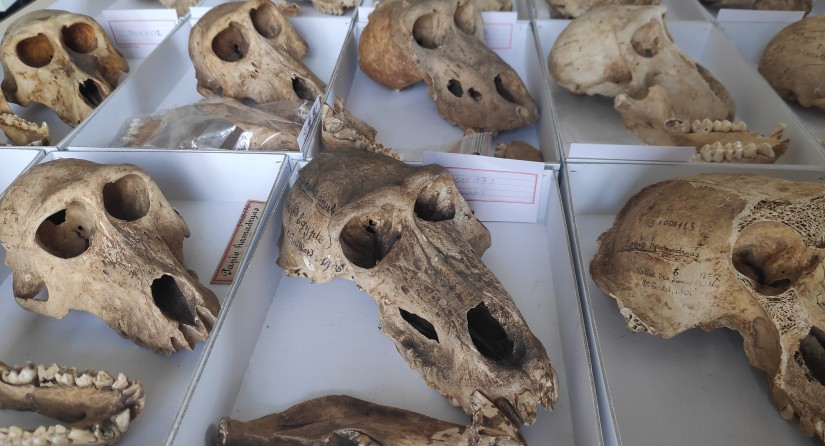
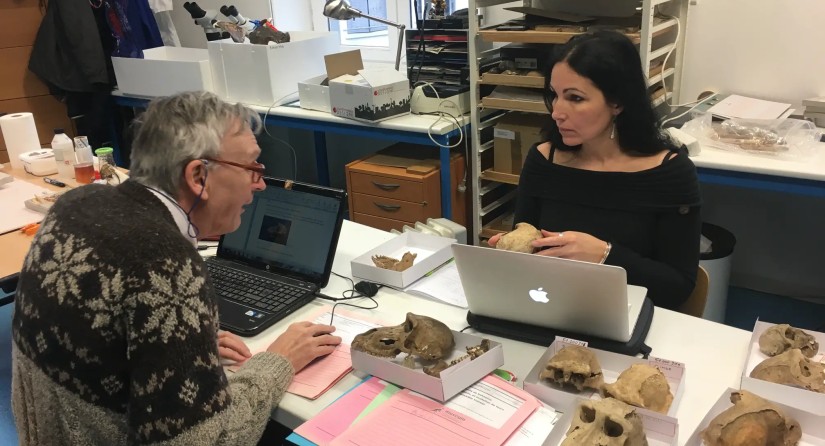
"Only four of the baboons looked healthy; all others showed deformities," says Van Neer. "They often had bent limbs, typical of rickets caused by a lack of vitamin D due to insufficient sunlight." The researchers also observed many abnormalities of the skull and jaw. Imbalanced, inadequate nutrition could also explain the skeletal deformities. "Most baboons must have suffered from malnutrition and a lack of sunlight."


Growing up in captivity
The skeletal abnormalities in Gabbanat el-Qurud indicate that these baboons suffered from poor housing and unsuitable food for most of their lives. This suggests that the animals were born and raised in captivity. The roughly equal proportions of males and females, as well as the presence of infants and young animals, are also indications of the existence of a local breeding population to meet demand.
Baboons are good climbers and were likely kept in buildings or enclosures with high walls.
- Wim Van Neer, Institute of Natural Sciences -
The poor living conditions of ancient Egyptian baboons seem to contrast with the extensive, respectful treatment the animals received after death as mummies. But Van Neer believes the intentions were good: "They probably tried to take good care of the animals, but it must not have been easy. Baboons are good climbers and were likely kept in buildings or enclosures with high walls to prevent them from escaping. As a result, they lacked sunlight and developed metabolic disorders. There are no signs of broken bones indicating physical abuse of the animals; one exception is the swollen skull of a baboon that received a blow to the head."


Via the Nile and the Red Sea
The researchers also identified a small number of healthy specimens likely imported directly from the wild, possibly for breeding. Baboons are not native to Egypt, so they had to be imported through trade routes. "They went very far to import these animals," says Bea De Cupere (Institute of Natural Sciences), co-author of the study. "The Olive baboons came from the south, from present-day Sudan, and were transported downstream via the Nile." Importing Hamadryas baboons was less straightforward. They came from the Horn of Africa or the southern part of the Arabian Peninsula. "That meant they had to cross the Red Sea by boat and then travel overland through the desert!"
They went very far to import these animals.
- Bea De Cupere, Institute of Natural Sciences -
Being captured and transported to ancient Egypt was undoubtedly not a pleasant moment in a baboon's life. This is evidenced by two incisors in the upper and lower jaw of one of the healthy baboon skeletons. "You can see a horizontal line on the tooth, something we call hypoplasia," says De Cupere. "Such a line indicates a temporary halt in tooth growth due to a period of great stress. This deformity was likely caused by stress when capturing the baboon, which was about 2 years old at the time. The animal lived another 6 years in captivity, judging by the tooth wear."


Further studies
These results provide insight into how baboons were kept and treated in ancient Egypt before they were eventually mummified. However, there is still more to learn. For example, the authors suggest that further research on the animals' teeth could provide more data on the exact diet they were given. If it were possible to extract DNA from the remains, they could determine where the animals were captured in the wild and what breeding practices their keepers used.
The study is published in the journal PLOS ONE: Palaeopathological and demographic data reveal conditions of keeping of the ancient baboons at Gabbanat el-Qurud (Thebes, Egypt).
